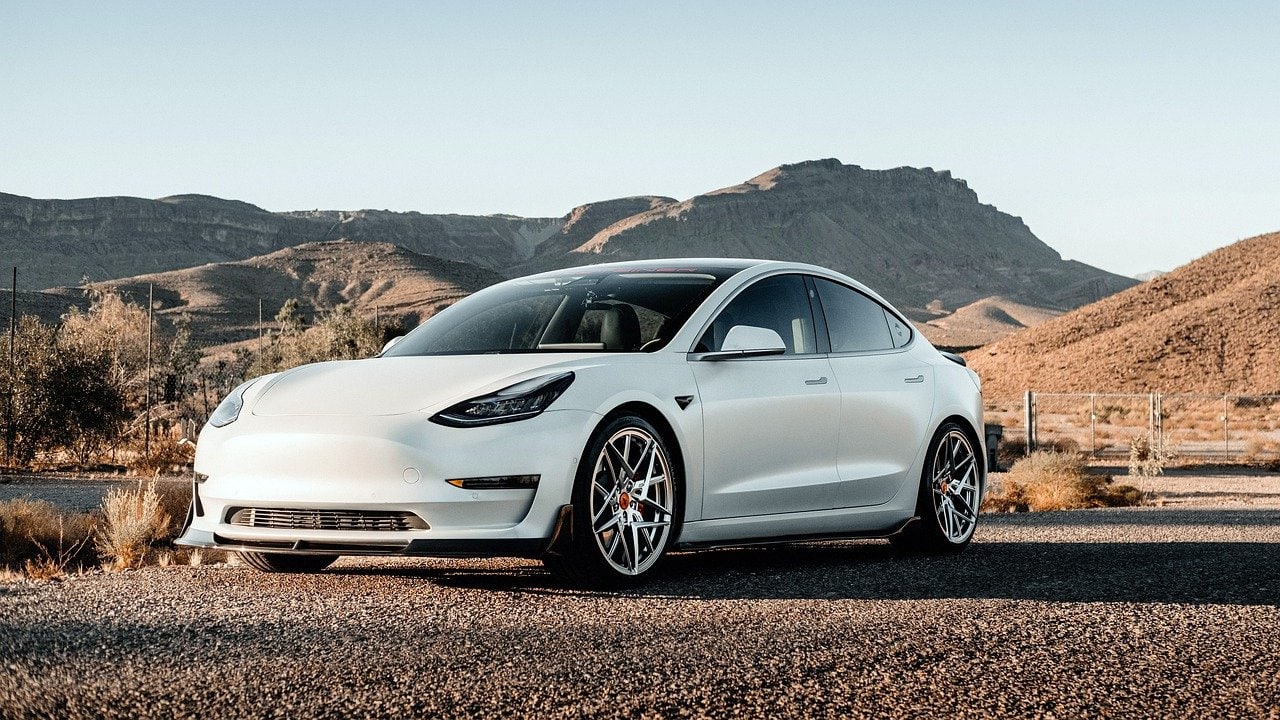China news 7th September 2021
This week’s news contains two interesting articles about the importance China’s labour laws. “996” (working from 9 am to 9 pm 6 days a week) has become common practice in some industries. The Government and courts are ensuring that this is illegal.
Employees refused compensation after termination of a “996” contract.
One case shows that Mr Zhang joined a delivery company in June 2020. The labour contract agreed by both parties stipulates that the probation period is three months, and the monthly salary during the probation period is 8,000 yuan (US$ 1240). The company’s rules and regulations stipulate that the working hours are from 9:00 a.m. to 9:00 p.m. and working six days a week (996).
Two months later, Zhang refused to work overtime on the grounds that the working hours seriously exceeded the legal upper limit. The company terminated the labour contract with Zhang on the grounds that he did not meet the employment conditions during the probation period. Zhang applied to the Labour and Personnel Dispute Arbitration Commission for arbitration, requesting the delivery company pay 8,000 yuan in compensation for illegal termination of contract.
The arbitration committee ruled that the company should pay Zhang 8,000 yuan in compensation for illegally terminating the labour contract and informed the labour security supervision institution of the case. The labour security supervision agency ordered the company to correct its contracts and gave a warning about the violation of the rules and regulations of laws and regulations.
The “996” working system was found to be invalid.
Article 41 of the Labour Law of the People’s Republic of China stipulates:
Article 43 stipulates:
This company’s contract seriously violates the law’s provisions on extending the upper limit of working hours.
Lawyers point out that, while supporting employers to exercise their management functions and powers in accordance with the law, the law also makes it clear that they must fulfil their obligations to protect workers’ rights.
This time, officials released typical cases to the public, on the one hand reminding employers of the risk of illegal acts and promoting the standardization of employment contracts according to law. On the other hand, they guide workers to defend their rights in accordance with the law.
Source: finance.ifeng.com.
The CCP
Our second story explains why the CCP has taken apparently drastic steps to curb wealth making activities. At first sight, these seems bad for business. The reasons lie more with social engineering than with business creation.
Since China declared that absolute poverty was eliminated, the term “common prosperity” has begun to appear frequently in official meetings and the media.
Achieving common prosperity is the continuation and development of Deng Xiaoping’s idea of letting some people get rich first. It is also a major step in the Communist Party of China’s (CCP) economic reform and wealth distribution policy. Common prosperity is the main focus of socialism. Xi Jinping believes that after China has built a moderately prosperous society, the next goal is to achieve common prosperity for all. This not only points out a new goal for the Communist Party of China, but also makes ordinary people feel the superiority of the socialist system. Common prosperity is thus closely related to the legitimacy of the CCP.
The gap between rich and poor erodes the foundation of the Communist Party of China.
Statistics show that in the past decade, the wealth of the top 10% of China’s richest people has accounted for about 40% of the total national income. According to the 2020 “Hurun Rich List”, although many ordinary people have a difficult livelihood under the epidemic, China’s billionaires are richer than usual. Among them, the wealth of Alibaba founder Jack Ma, who is at the top of the Rich List, has increased by 45% to 58.8 billion US dollars. Statistics from the beginning of 2021 also show that the number of billionaires in China has almost doubled to more than 1,000 in the past five years.
The wide gap between rich and poor has also torn up Chinese society. The worship of money and showing off the rich is in sharp contrast to the disillusionment and powerlessness of the people at the bottom and many young people.

The CCP is concerned that if the wealth gap continues to widen, it will not only threaten social stability, but also cause unprecedented permanent damage to China’s economy. Therefore, achieving common prosperity is not only an economic problem, but also a major political issue related to the foundation of the CCP. Unlike most political parties in capitalist countries that are run by very few elites, the CCP is not subject to electoral politics, and Chinese society is not kidnapped and torn. Therefore, the Communist Party of China can truly take the interests of the whole people as the starting point, and truly take the pursuit of social equity and the promotion of common prosperity as its ruling values and goals.
Common prosperity echoes the traditional social values of China
Traditional Chinese Confucianism emphasizes: “no inequality, poverty and uneasiness”, reflecting the simple pursuit of a fair society in China for thousands of years. In practice, Confucianism cannot solve the problem of the polarization between rich and poor, nor can even peasant uprisings and changing dynasties.
The Chinese society that the CCP hopes to see is not egalitarian, nor robbing the rich to help the poor. But nor is it riches for just a few people, it wants to promote social fairness and justice. Common prosperity is closely related to the legitimacy of the CCP.
Source: dwnews.com.
Finally, we look at China’s progress in one of our favourite topics – electric vehicles (EV’s)
The Ministry of Industry and Information Technology of China released the annual report of China’s automobile industry (2021). The annual report mentioned that in 2020, China’s EV sales reached 1.367 million, an increase of 10.9% year-on-year, and more than 1 million vehicles for three consecutive years, showing a sustained high-speed growth trend and ranking globally for six consecutive years. First.

During the 2021 Shanghai Auto Show, EV’s attracted attention
The annual report points out that the automobile market remained generally stable in 2020, with 25.31 million sales, a year-on-year decrease of 1.9%, ranking first in the world for 12 consecutive years. Affected by the COVID-19 epidemic, sales of cars in the United States, Japan and Germany were 14.45 million, 4.6 million and 3.27 million respectively, down 15.2%, 11.5% and 18.6% year-on-year. China has made positive contributions to the stability and development of the global automobile industry.At the same time, countries around the world regard the development of EV’s as an important strategic measure to deal with climate change and optimize the energy structure. In 2017, global sales exceeded 1 million for the first time. In 2020, although the global automobile market fell sharply, the EV market developed strongly.
Source: dwnews.com.
Worked on the article:

Wanlikhang





